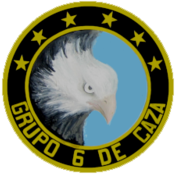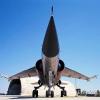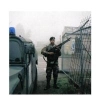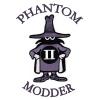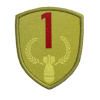Supermarine Seafire Mk.IIIC - No.2 Squadron, Royal Dhimari Air Force, 1944
The successful Dhimari counter-attack at Maqazad in the Spring of 1943 proved to be short lived and the Parani bombing of the Dhimari city of Shaqaz during May 1943 led to the deployment of Dhimari P-66 Vanguards and Hurricane IIC's to northern areas of Dhimar leading to a further weakening of the Royal Dhimari Air Force in their desperate attempts to defend the Mazadran Oil Fields and the Valley of Kerman during the summer of 1943. Paran's senior Commander, Brigadier General Abolqasem Mossadegh, followed up by launching Operation Whirlwind in September 1943 and, with Paran gaining air superiority over the Valley of Kerman, it's land forces pushed onwards towards the industrial oil center at Al'Qatan in an audacious attack on the wider Mazadran oil fields. The UK government had long promised Spitfires to modernise the Royal Dhimari Air Force and whilst a handful of war weary Spitfire VB's from Malta were received during the Autumn of 1943 many more fighter aircraft were required.
Churchill ordered that 30 new Spitfires were to be transferred to the Royal Dhimari Air Force but, much to the annoyance of the Admiralty, the Ministry of Aircraft Supply ordered that they should all be from the initial batch of 30 interim Seafire IIIC's coming off the Westland production line and all built without wing-folding. Powered by the Rolls-Royce Merlin 55 series engine rated at 1,470 h.p. (with power absorbed by a new four-bladed Rotol propeller) the Seafire IIIC's also featured the slim Aero-Vee air filter and the six-stack ejector type exhausts. Entering service with No.2 Squadron in December 1943 the Seafire IIIC's immediately replaced the P-66D Vanguards and proved to be the equal of the Parani Ki-61's and Bf 109G-6's enabling the Royal Dhimari Air Force to restore air superiority over the Valley of Kerman.
Skin Credit: Charles







